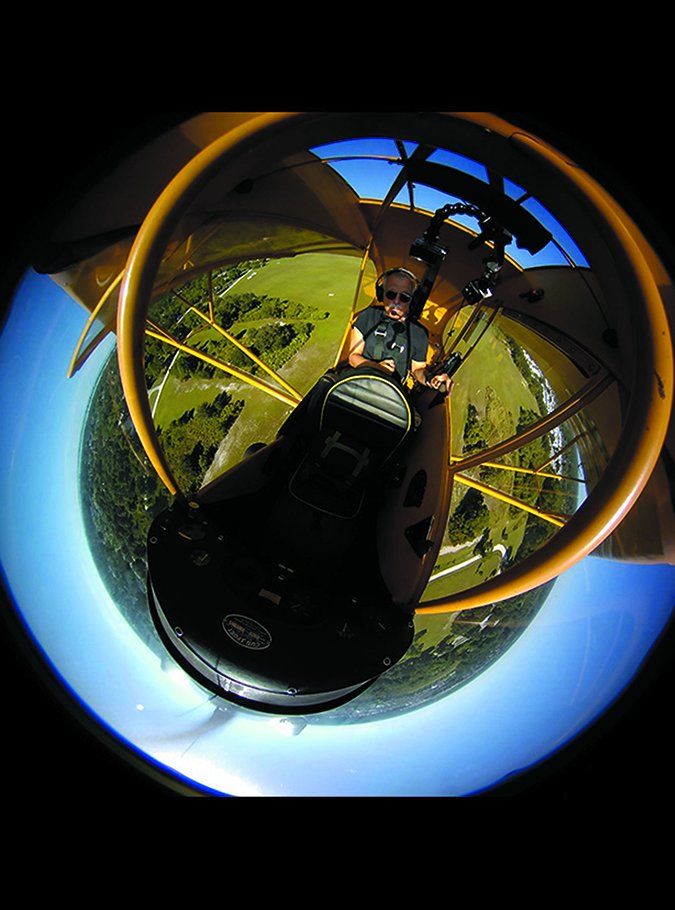If it’s every pilot’s sacred duty to upload aviation videos to YouTube to offset a criminal surplus of cat coverage, Garmin and GoPro are ready to deal. Just as we go to press this month, both companies have introduced new action cameras suitable for in-cockpit shooting and outside shots of aircraft in flight. The good news? Usability is up and prices are down and the accessory market is soon to go into frenzied overdrive on the off chance that you can’t find just the right gadget for the shot you want.
For this article, we’re reviewing four cameras: the new GoPro Hero 5, Garmin’s just-released VIRB Ultra 30, plus the previous VIRB XE and the 360fly, a specialty wide-view camera that’s getting traction in the action cam market and being sold by Sporty’s.
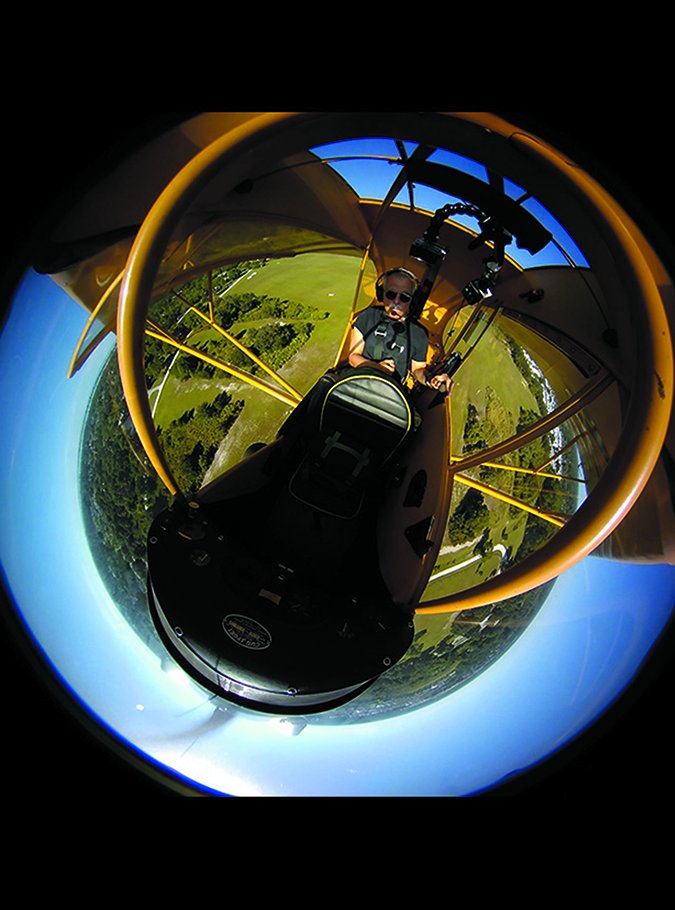
To be fair, these aren’t the only action cams out there. GoPro has the Session model and several other manufacturers offer sports cams, but to contain the topic to a sensible few, we’re examining the top contenders suitable for aviation use.
Whaddayawant?
If you’re otherwise not into surfing, mountain biking or skydiving, why would you even want an action cam? For one thing, they beat conventional camcorders and smartphones for in-cockpit shooting and who’s nutty enough to mount a smartphone on a strut? Action cams have sufficient shooting flexibility and mounting options to make them far more practical for airplane use than any other cameras we can think of.
Prices and features have suddenly become more competitive and for under $500, you can buy an impressively capable camera system perfect for aircraft use. It can also double as a sports cam and given such features as slow motion and time-lapse photography, these cameras are a credible option over a cellphone.
What we want in an action cam is versatile mounting options, good image quality with plenty of shooting options, accessories such as ND filters and mics and, above all, an easy- and quick-to-use operating logic. Remote controls are a nice plus, but all of these cameras work we’ll with smartphone apps. 4K resolution is also a plus, but not a must unless you have a monitor or TV to view it at full resolution or you need pixel density for cropping. Garmin and GoPro’s newest models have voice controls for various commands and while this is a nice touch, it’s of dubious value for aviation use.

2)]
Garmin VIRB Ultra 30
The $399 VIRB Ultra 30 ($499 with an aviation bundle) is Garmin’s fifth camera, with the VIRB, Elite and XE/X models preceding it. Although it’s not specifically a camera company, Garmin has been more aggressive in new model introduction than GoPro has, which explains why GoPro’s sales have all but tanked.
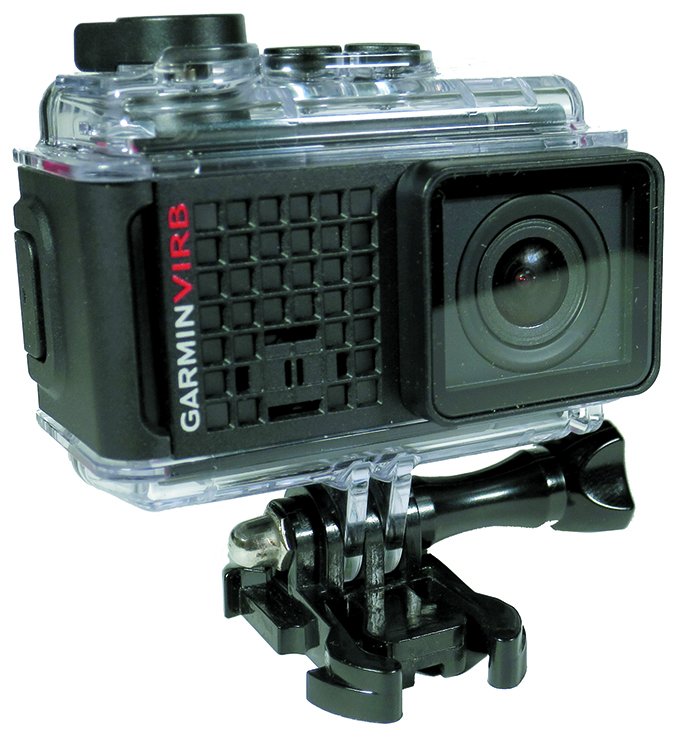
The new Ultra represents an interesting confluence with GoPro. Heretofore, Garmin’s cameras were slightly larger than the GoPro, but waterproof without need for the GoPro-style case. Now, the two companies have switched. The GoPro Hero 5 is waterproof without the case and the VIRB Ultra is smaller, but not waterproof. It requires a GoPro-style case and, conveniently, it mates up to standard GoPro mounting hardware.
The Ultra represents a substantial improvement over the XE, in our view. It has more shooting resolution and frame-rate options than the XE—including 4K—and the operating menu has been revised to make it simpler and more reliable. Where the XE had no viewer and the previous VIRBs a rudimentary screen, the Ultra has a color touchscreen that’s suitable for viewing shots and works we’ll for navigating the control menus.
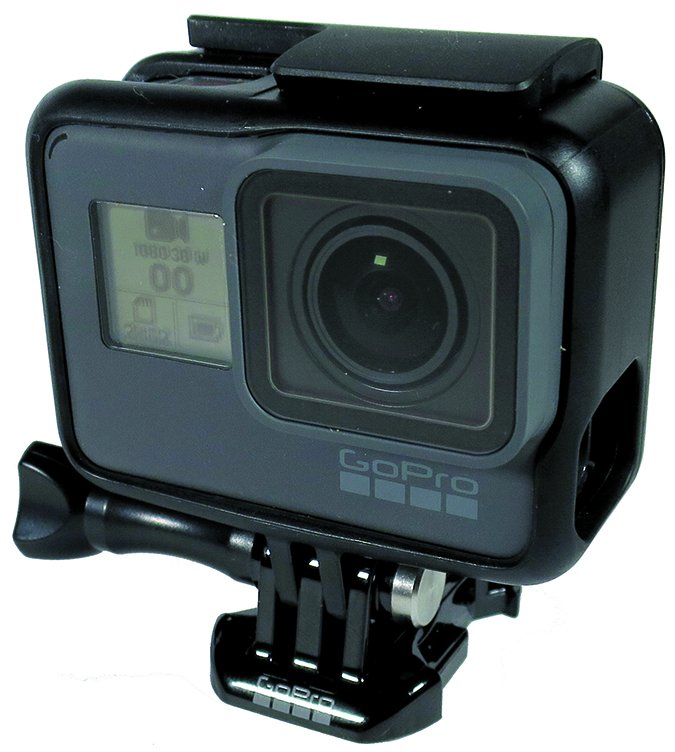
Previous models of both GoPro and Garmin cameras had control logic best described as quirky, although the VIRBs were better than the GoPro, in our opinion. In the Ultra, the most-used menu is the default and gives ready access to video, photo, playback and wireless settings. Higher level and system settings are accessible via a gear icon. Easy peasy.
Some of the settings are controlled with sliders, which the GoPro Hero 4 also had. These were almost impossible to slide with a finger on the small screen. Garmin must have noticed, because its sliders activate with a can’t-miss single touch. As noted, the Ultra has its own waterproof case, but there’s also a skeleton case so you can pipe audio into the camera or get at the HDMI port. Here another big plus. The XE uses a dedicated cable for both charging and audio access and we absolutely hate it. It’s heavy, awkward and requires carrying around a cable good for nothing else. The Ultra also has a dedicated cable, but it’s less awkward than the XE version and for charging, a standard mini USB cable will do it.
For shooting, all the VIRBs have had a unique slider or toggle that starts the camera shooting whether it’s turned on or not. The Ultra continues this with a top-mounted toggle switch to record and a pushbutton to shoot a still. Additionally, it now has voice control. Say “OK, Garmin” and the camera beeps, readying itself for a command such as start recording or take a picture. It can bookmark a point in the footage if you say, “remember that.”
Useful? Maybe, but hardly must have. Far more practical is the wireless capability, which allows controlling the camera from a phone or tablet app, including playback of videos. That’s handy capability if you’ve got the camera stuck to the belly of the airplane and you want to switch it on and off or frame the next shot. We think the Ultra’s wireless works more reliably than previous iterations and the camera also has Bluetooth to link to Garmin’s various fitness gadgets. It also has GPS so position and navigation data can be overlaid on the footage using Garmin’s free VIRB Edit app.
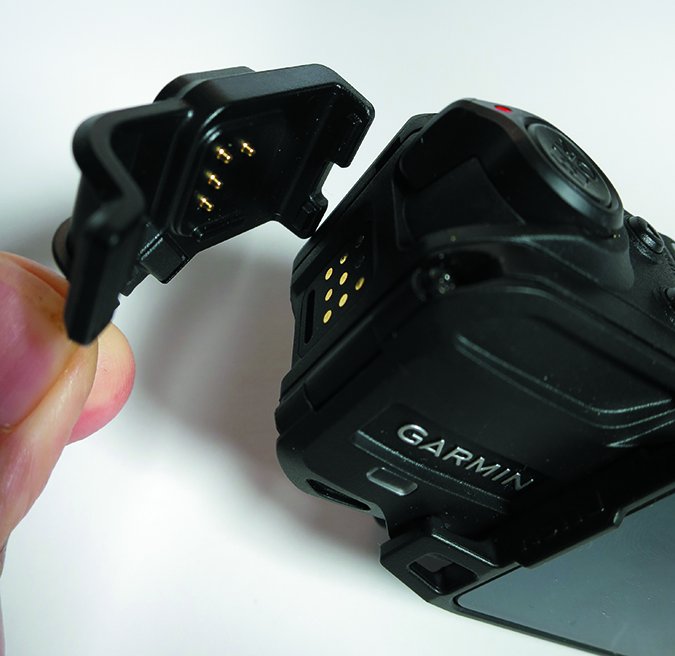
VIRB XE
We’re mentioning the XE here as an also ran. Although it’s an excellent camera with similar performance as the Ultra, the XE lacks 4K capability, it uses Garmin’s old-style menu structure, it lacks a screen viewer and it has those bothersome cables to mess with. Furthermore, it costs the same as the Ultra, at $399 or $499 with an aviation bundle that includes an ND filter and an audio adapter cable.
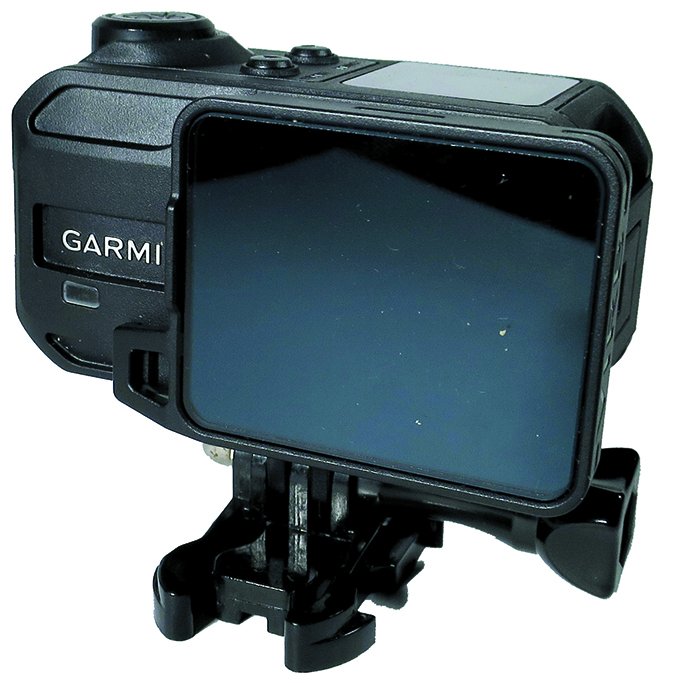
Garmin’s bargain model is the VIRB X which, at $299, has fewer video shooting options than the XE. The X might be a good basic camera if you don’t want to spend more, but the VIRB Ultra, for the additional $100, is just a lot better camera, in our view. The only plus for the XE/X, in our opinion, is that they’re waterproof right out of the case. That reduces the accessory count when traveling.
360Fly
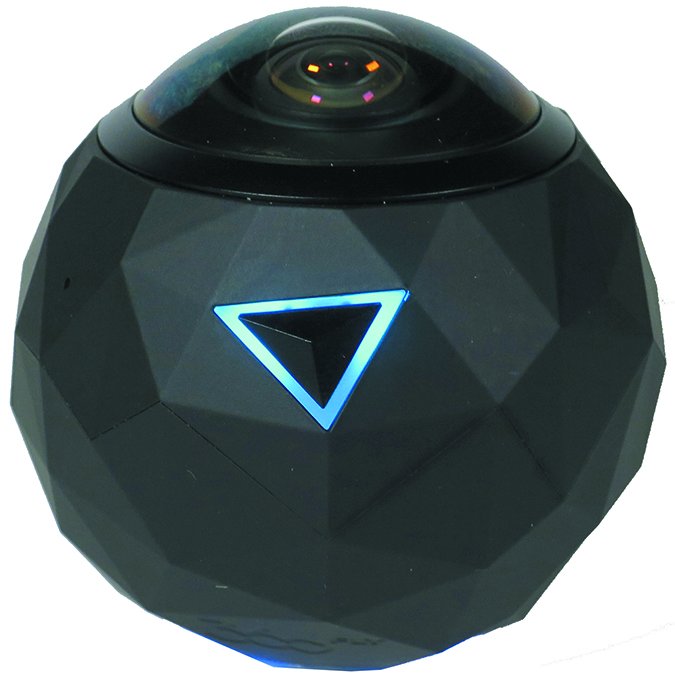
Action cams are all about the most dramatic shots imaginable and thus we have so-called 360-degree cameras. These attempt to capture an essentially spherical image with the camera in the center and some actually do this. But the 360fly, technically, isn’t one of them. In the horizontal plane, it does capture 360 degrees, but vertically, it’s limited to 240 degrees. Nonetheless, the 360fly yields a dramatically inclusive image that’s sharp and with infinite depth of field.
As indicated in the chart, 360fly calls this 4K imagery, but we think that’s a stretch. 4K is technically 3840 by 2160 pixels; the best the 360fly can do is 2880 by 2880, a square image that’s a function of the super wide lens. It can also be configured to shoot a standard rectangular 16:9 frame, but the resolution is limited to 1440p.
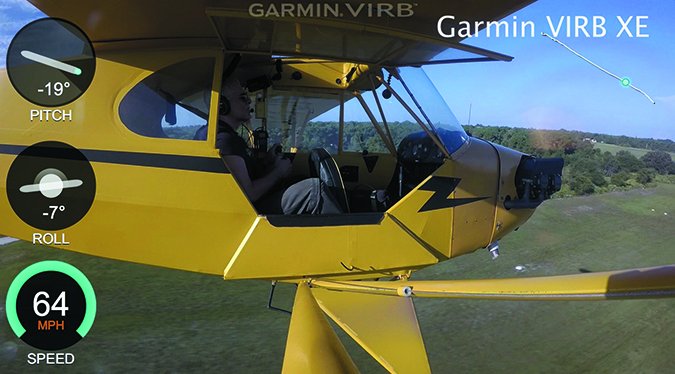
The fly has but a single button, which serves as an on-off switch and the record control. Like the other cameras, it has wireless and a decent app to control image size, exposure settings and still shots.
After some initial hitches getting the app to work correctly, resetting the camera yielded a robust wireless link that permitted controlling the camera mounted externally on the tail of the airplane. The imagery is impressive, but radically distorted, so the fly would be a good choice as a second camera, but not a primary. It’s waterproof, but has no external mic capability. The standard HD version sells for $299, the 4K version for $499.
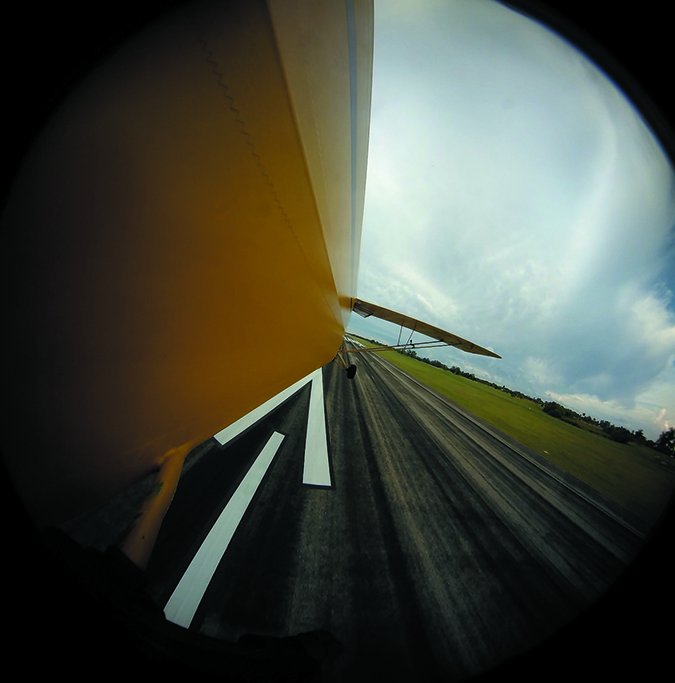
GoPro Hero 5
GoPro essentially invented the action cam market but it hasn’t exactly remained dominant. The Hero 4 Black was introduced two years ago, during which time Garmin rolled out two models. GoPro has been struggling to reinvigorate its own market and the Hero 5, long awaited and probably delayed, is supposed to do that. It’s not a bad start. The obtuse menu system of the previous models has been streamlined and, like the Hero 4 Silver, the 5 has a color touchscreen but it’s much improved over the previous version. In addition to simpler operating logic, the app has been improved and the wireless connection with the camera is more reliable. Following Garmin’s lead, GoPro added a GPS chip and an operating button that allows grabbing a quick photo or video on the fly without turning the camera on first.
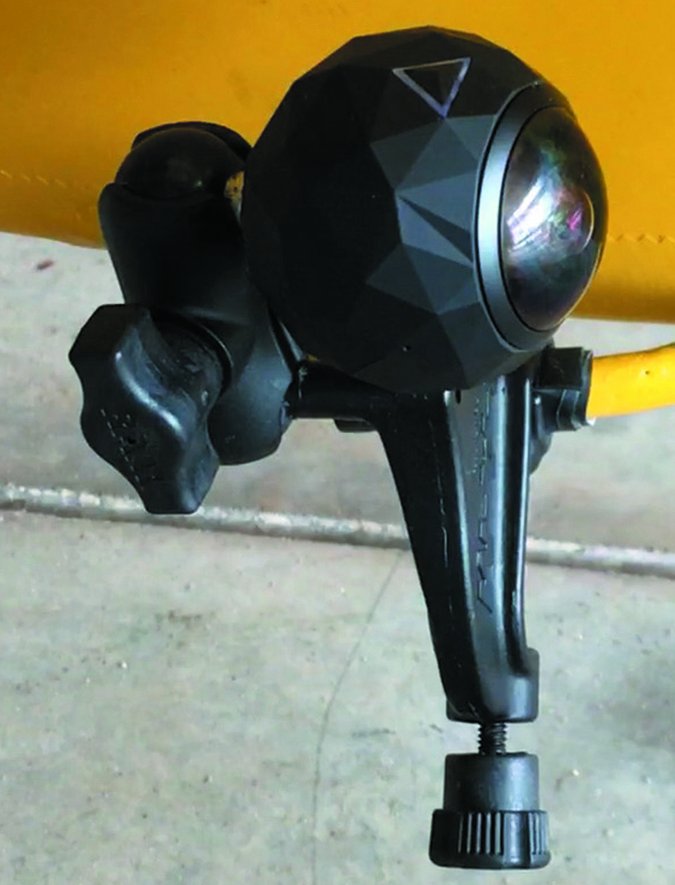
Mechanically, the Hero 5 is a mixed bag. It’s slightly larger than the Hero 4, but it’s waterproof to 10 meters. That’s good; not so good is that it still needs a skeleton case for mounting and we found it difficult to extract from the case. Also, to access the charging port and HDMI jack, you have to crack open a door on the side of the camera. But the door has to be removed entirely to fit into the case so…what’s the point? It seems certain to get lost sooner rather than later.
The Hero 5 uses the same sensor as the 4, but it has more resolution and frame options than most of us will ever need, plus the ProTune feature to sweeten things like color temperature and exposure value. Professional shooters will appreciate this. (The VIRB Ultra has similar capability called Pro Settings.)
The Hero 5’s footage is gorgeous, especially the high-frame rate (up to 120 fps in 1080p) HD and 4K. The color is saturated and there’s a lot to work with in editing software. Head to head, we would give GoPro the edge on imagery over the Garmin.
Also new to the Hero 5 is the ability to offload the footage wirelessly via cloud server so it’s available for viewing and editing on any device. Nice idea if you simply must post something on social media from a hot spot at Starbucks, but it’ll cost you $5 a month for the service.
One annoyance is that the Hero 5 doesn’t work as a mass storage device, so to move the footage conventionally, pop the card into a reader (ugh) or use GoPro’s dedicated capture and editing software. It works, but it’s not our fave.
If you want to input audio through an external mic, you’ll need GoPro’s $50 powered mic adapter. While we’re at it, we’ll mention GoPro uses the oddball (but emerging) USB-C cable standard. Already carrying too many odd cables? Add one more; life is not getting simpler.
4K Explained (We Hope)

0)]
The 4K image resolution standard is all of these things: flexible, confusing and over-hyped. First, image resolution is given in pixel dimensions, with the vertical dimension as the accepted label. Thus, a 1920 by 1080 pixel so-called high-definition image is called 1080p while a standard definition or SD image (1280 by 720) is 720p.
4K gets its name because it’s four times the pixel density of 1080, so it should be 4320 vertically. Except it’s not. True cinema 4K is 4320, but video cameras shoot a lesser variant called ultra high definition whose image is 3840 by 2160 pixels. So really, shouldn’t 4K be 2160p, in keeping with using the vertical pixel dimension? Logically, yes, but for some reason, for UHD, the industry applies the horizontal dimension, just to confuse the hell out of everything.
To confuse things further, there’s 2.7K, a resolution between 1080p HD and 4K UHD at a dimension of 2716 by 1524 pixels. Again, against the standard, 2.7K refers to the horizontal dimension, not the vertical.
So does it make sense to have 4K and use it? It depends. To get the most out of 4K, you’ll need a 4K monitor or TV. Prices of these have declined recently, but if you don’t have one, 4K will look little better than 1080p. 4K files are much larger than 1080p (or 2.7K) and will take longer to transfer and process in a video editor. Because they have the highest pixel density, 4K files do offer more cropping options during editing.
Which to Buy?
If you already have a GoPro Hero 3 or 4, we would say the 5 doesn’t represent enough of an upgrade to spend $400. It’s better, but not that much better. Similarly, if you have an older VIRB, the image sensor is good and the new Ultra won’t blow it away. It’s a better camera, but again, maybe not worth $400 on a whim.
For new buyers, our recommendation is easier. In our view, for aviation use, the VIRB Ultra crushes the Hero 5. It’s got more aviation stuff like GPS, filters and audio adapter cables. Plus, with the Garmin’s .gpx files and VIRB edit, you can put aviation speed, altitude, course and other graphical gauges on your videos. Cool stuff. Although it has GPS, the GoPro can’t do this yet; it will probably get there. Doubling as a sports camera, the VIRB will hold its own against the GoPro and has the benefit of Garmin’s full suite of ANT+ sensors for various sports such as cycling or skiing. Not to suggest the Hero 5 would be a bad choice, just that the VIRB Ultra is a better one for aviation.

1)]

